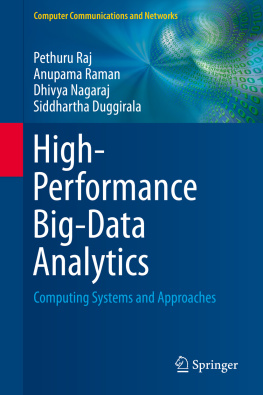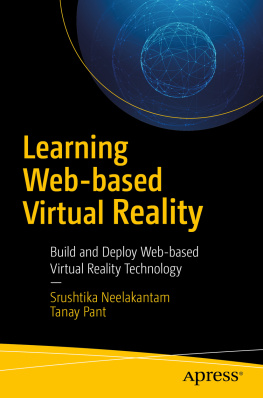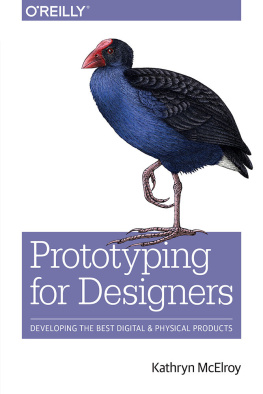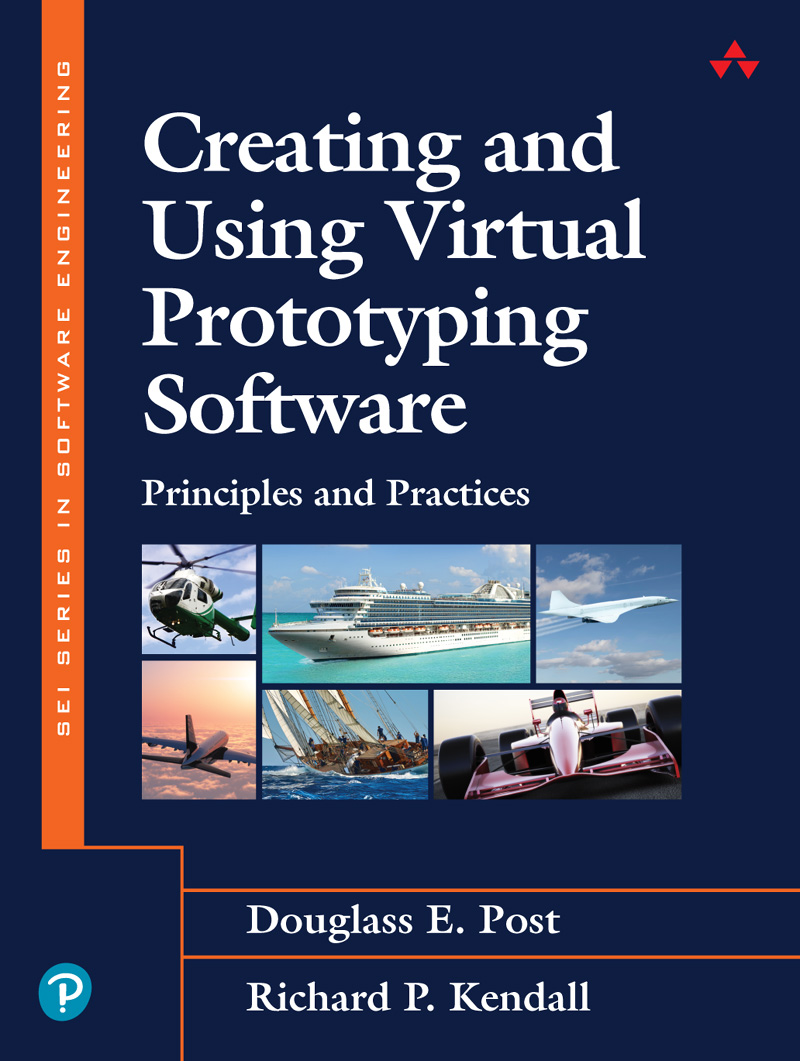ePUB is an open, industry-standard format for eBooks. However, support of ePUB and its many features varies across reading devices and applications. Use your device or app settings to customize the presentation to your liking. Settings that you can customize often include font, font size, single or double column, landscape or portrait mode, and figures that you can click or tap to enlarge. For additional information about the settings and features on your reading device or app, visit the device manufacturers Web site.
Many titles include programming code or configuration examples. To optimize the presentation of these elements, view the eBook in single-column, landscape mode and adjust the font size to the smallest setting. In addition to presenting code and configurations in the reflowable text format, we have included images of the code that mimic the presentation found in the print book; therefore, where the reflowable format may compromise the presentation of the code listing, you will see a Click here to view code image link. Click the link to view the print-fidelity code image. To return to the previous page viewed, click the Back button on your device or app.
Creating and Using Virtual Prototyping Software
Principles and Practices
Douglass E. Post
Richard P. Kendall

Boston Columbus New York San Francisco Amsterdam Cape Town
Dubai London Madrid Milan Munich Paris Montreal Toronto Delhi Mexico City
So Paulo Sydney Hong Kong Seoul Singapore Taipei Tokyo
Many of the designations used by manufacturers and sellers to distinguish their products are claimed as trademarks. Where those designations appear in this book, and the publisher was aware of a trademark claim, the designations have been printed with initial capital letters or in all capitals.
Cover credits:
Helicopter: KateChris/Shutterstock
Cruise ship: nan728/123RF
Concorde airplane: agsaz/Shutterstock
Passenger plane: iurii/Shutterstock
Sailing yacht: Alvov/Shutterstock
Race car: Scott Betts/123RF
The authors and publisher have taken care in the preparation of this book, but make no expressed or implied warranty of any kind and assume no responsibility for errors or omissions. No liability is assumed for incidental or consequential damages in connection with or arising out of the use of the information or programs contained herein.
For information about buying this title in bulk quantities, or for special sales opportunities (which may include electronic versions; custom cover designs; and content particular to your business, training goals, marketing focus, or branding interests), please contact our corporate sales department at or (800) 382-3419.
For government sales inquiries, please contact .
For questions about sales outside the U.S., please contact .
Visit us on the Web: informit.com/aw.
Library of Congress Control Number: 2021947676
Copyright 2022 Pearson Education, Inc.
All rights reserved. This publication is protected by copyright, and permission must be obtained from the publisher prior to any prohibited reproduction, storage in a retrieval system, or transmission in any form or by any means, electronic, mechanical, photocopying, recording, or likewise. For information regarding permissions, request forms and the appropriate contacts within the Pearson Education Global Rights & Permissions Department, please visit www.pearsoned.com/permissions/.
ISBN-13: 978-0-13-656693-9
ISBN-10: 0-13-656693-6
ScoutAutomatedPrintCode
Editor-in-Chief
Mark Taub
Executive Editor
Haze Humbert
Development Editor
Mark Taber
Managing Editor
Sandra Schroeder
Senior Project Editor
Lori Lyons
Copy Editor
Krista Hansing
Editorial Services
Production Manager
Remya Divakaran/Codemantra
Indexer
Timothy Wright
Proofreader
Abigail Manheim
Compositor
Codemantra
Pearsons Commitment to Diversity, Equity, and Inclusion
Pearson is dedicated to creating bias-free content that reflects the diversity of all learners. We embrace the many dimensions of diversity, including but not limited to race, ethnicity, gender, socioeconomic status, ability, age, sexual orientation, and religious or political beliefs.
Education is a powerful force for equity and change in our world. It has the potential to deliver opportunities that improve lives and enable economic mobility. As we work with authors to create content for every product and service, we acknowledge our responsibility to demonstrate inclusivity and incorporate diverse scholarship so that everyone can achieve their potential through learning. As the worlds leading learning company, we have a duty to help drive change and live up to our purpose to help more people create a better life for themselves and to create a better world.
Our ambition is to purposefully contribute to a world where:
Everyone has an equitable and lifelong opportunity to succeed through learning.
Our educational products and services are inclusive and represent the rich diversity of learners.
Our educational content accurately reflects the histories and experiences of the learners we serve.
Our educational content prompts deeper discussions with learners and motivates them to expand their own learning (and worldview).
While we work hard to present unbiased content, we want to hear from you about any concerns or needs with this Pearson product so that we can investigate and address them.
To our wives, Susan Post and Linda Richards
Figure List
Preface
Why This Book?
The purpose of our book is to provide guidance for engineers and scientists who want to acquire or develop software to improve the competitiveness of their engineering and scientific research organizations with virtual prototypes. Virtual prototypes replace physical prototypes in the product development process. They are an extension of computer-aided design that allows product developers not just to visualize product designs, but to accurately predict their performance, using physics-based software tools, before anything is manufactured. When applied to natural systems such as the weather, they allow forecasts of behavior to a level of accuracy never before possible.
Engineering design and scientific research have always involved working with abstractions of new products or the objectives of research. For the development of complex products, the abstraction may start with a mental image of the new product that can be then translated into a drawing or physical model. For scientific research, the abstraction may be an expectation of the result of an experiment or an observation of natural phenomena. As science and technology have progressed from ancient times to the present, the usefulness of these abstractions has grown immensely.
This progress has accelerated dramatically during the last 50 years or so. Computing power has grown explosively from 1 floating point operation per second (FLOP) at the end of World War II to 1017 FLOPS today. The consequences of this are almost as dramatic as the stunning increase in computing power. It is now possible to use computers to design and accurately predict the behavior of complex products such as supersonic jet aircraft and to accurately forecast the behavior of complex natural phenomena such as the weather.











